| Structure | Name/CAS No. | Articles |
|---|---|---|
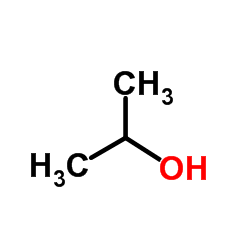 |
Isopropanol
CAS:67-63-0 |
|
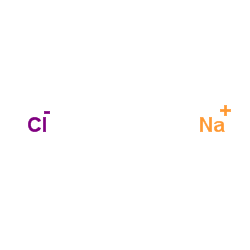 |
sodium chloride
CAS:7647-14-5 |
|
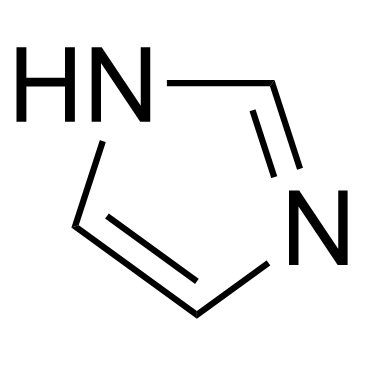 |
Imidazole
CAS:288-32-4 |
|
 |
Ammonium acetate
CAS:631-61-8 |
|
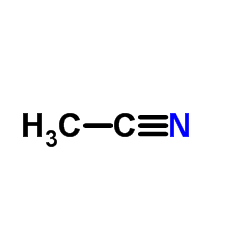 |
Acetonitrile
CAS:75-05-8 |
|
 |
Methanol
CAS:67-56-1 |
|
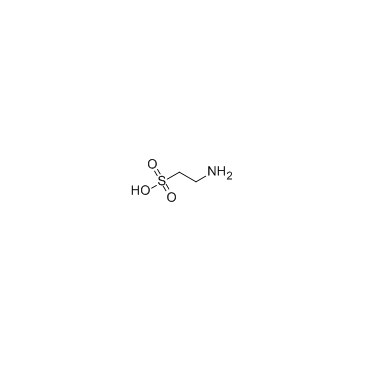 |
Taurine
CAS:107-35-7 |
|
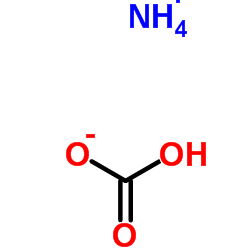 |
Ammonium Bicarbonate
CAS:1066-33-7 |
|
 |
potassium chloride
CAS:7447-40-7 |
|
 |
Magnesium chloride hexahydrate
CAS:7791-18-6 |